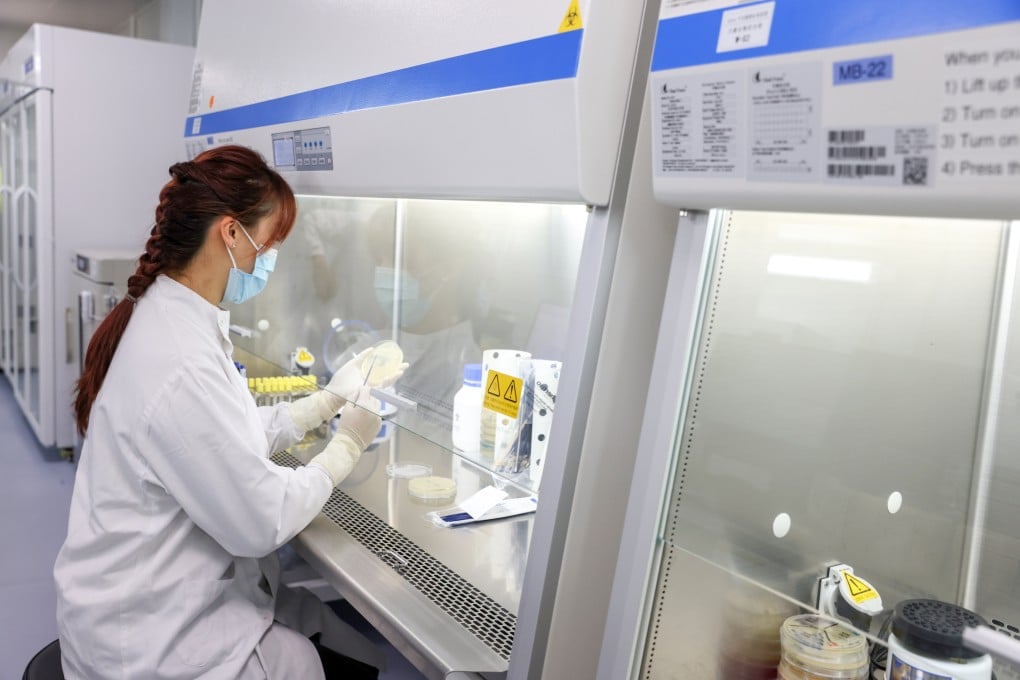Opinion | Hong Kong must boldly innovate faster to keep up with the times
- It’s time for the city to discard a project development model plagued by costly delays and seize opportunities from nearby cities

That was around 2016. Musing over Hong Kong’s growth possibilities and looking westward towards Hong Kong’s outlying islands from his West Kowloon flat, Akers-Jones quipped that the next chief executive would have many ribbons to cut at opening ceremonies of major infrastructure projects, and many islands to develop if the city needed more land. Akers-Jones spoke from experience. When British administrators needed to intervene in the markets to boost growth, infrastructure-led development did the trick.
In the early 1990s, the Hong Kong government began working on the Airport Core Programme, also known as the Rose Garden project - a new airport with related railways and road links. It had an initial budget of HK$200 billion (US$256.2 million), but ended up costing HK$160 billion. This and other capacity-building projects fuelled demand. These investments, coupled with the steady rise of China’s economy, ushered in a prolonged spell of prosperity.
The short trunk road, spanning 2.3km (1.4 miles), is intended to improve traffic flow from Sha Tin to Tsuen Wan. Some legislators were stunned by the high cost of HK$6.8 billion for such a short road. Sha Tin District Council was discussing the project as far back as 2005. Costs kept rising in response to residents’ demands for better road links with Sha Tin’s town centre, construction of an underpass and a viaduct to mitigate noise pollution. Repeated rounds of consultation and changes to the project design led to soaring costs.
